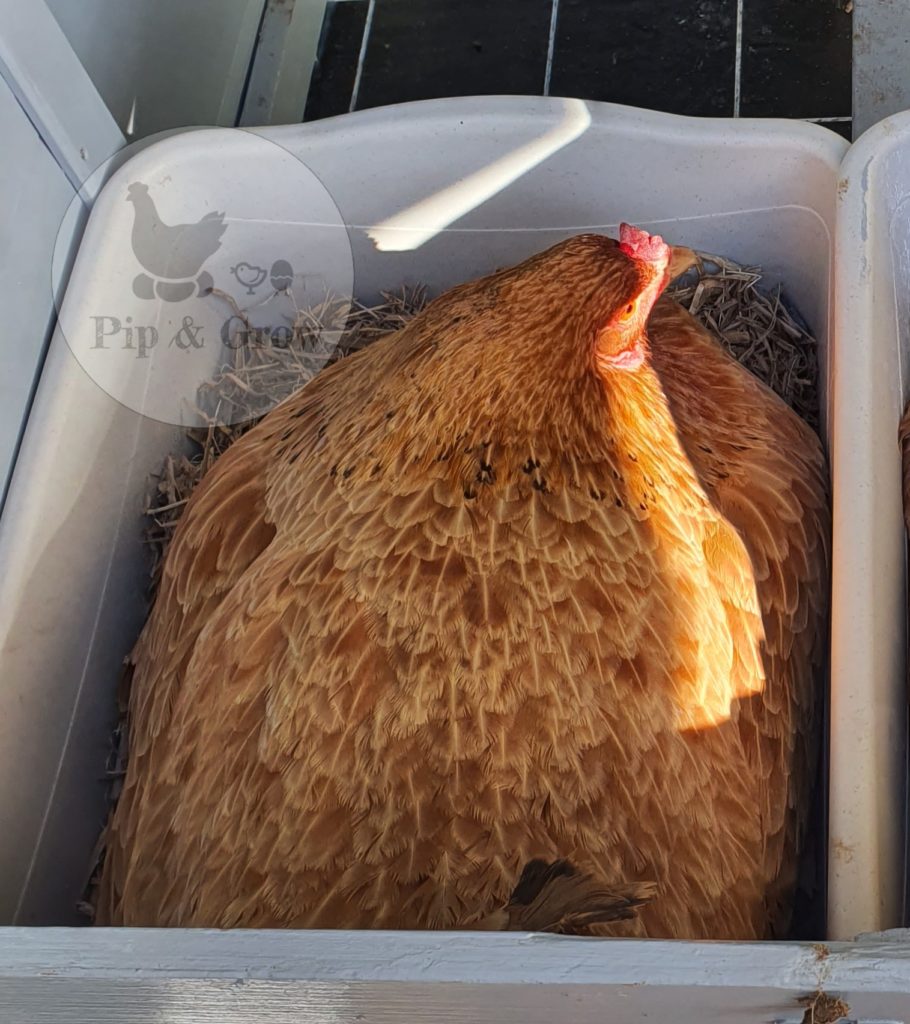Chick Care Tips
Placing under a Broody Hen

– Make sure the broody hen and chicks have a quiet, protected space where they can bond without disturbance.
– Ensure that you have a hen that is exhibiting broody behavior for at least 72 hours, such as sitting persistently on eggs or displaying protective behavior.
– Gently lift the broody hen and place the chicks under her from the backside. Do this quickly and carefully to minimize stress to the hen and chicks. While some sources suggest placing chicks under a broody hen in the evening, many of our customers have successfully done so during daylight hours. We recommend trying this method during the day under supervision. If the hen rejects the chicks, you can attempt again in the evening while she is sleeping. It’s essential to monitor the hen’s behavior closely and adjust the timing if needed to ensure a successful introduction of the chicks.
– Day-old chicks often sleep for the first 24 to 48 hours after hatching due to the exhausting nature of the hatching process. Similarly, the broody hen typically remains on the nest for a while after hatching for the same reason. It’s important to allow them to rest after pick up. Some chicks may appear sleepy while others may seem more lively, depending on when they hatched. The hen will usually start to come off the nest and guide the chicks to feed within 24 to 48 hours.
– Watch the hen to ensure she accepts the chicks. She should cluck to them and may even adjust her position to provide warmth and protection. Keep an eye on the hen and chicks for the next few hours to ensure they are bonding properly. If the hen rejects any chicks, you may need to intervene and remove them for their safety.
– Mother hens are remarkable caregivers. They instinctively know how to feed, protect, and teach their chicks essential life skills. Witnessing their nurturing behavior is truly heartwarming. To ensure the chicks have access to food, the hen will break up her own food into tiny crumbs for them. However, we also recommend providing chick starter in a small feeder. Cover the feeder with a milk crate or a plastic laundry basket with holes turned upside down. This allows the chicks to access the food through the holes while preventing the mother hen from reaching it.
– After a week or two, consider introducing the chicks and mother hen to the rest of the flock. During the initial weeks, the mother hen will display a high level of protectiveness over her brood, which gradually diminishes as the chicks mature. At around 6-8 weeks of age, you can separate the chicks from their mother if required. This is also the ideal time to switch them to pullet grower feed. By this stage, the chicks will be well-equipped to thrive independently outdoors, while the mother hen can reintegrate with the rest of the flock.
*All of our chicks are hatched in an incubator, vaccinated and kept in a sterilized brooder. The photos were taken in 2013 before we began using our Pip and Grow journey.
Hi, I would like to start a flock of 6-7 Sussex hens in mid January 2025. Given the young chicks need the extra heat/care via a broody hen (or heat lamp etc), would it be advisable for me to buy a mature (broody) hen with the chicks (or just prior) so they are together from the beginning? Currently I have no chickens so no existing hens to utilise… Keen for your advice. Thanks, Tina
Hello Tina,
We don’t believe it will be easy to see any selling “broody hen with chicks”. Most of our customers purchase dayold chicks and raise in a brooder with heatlamp under human care.